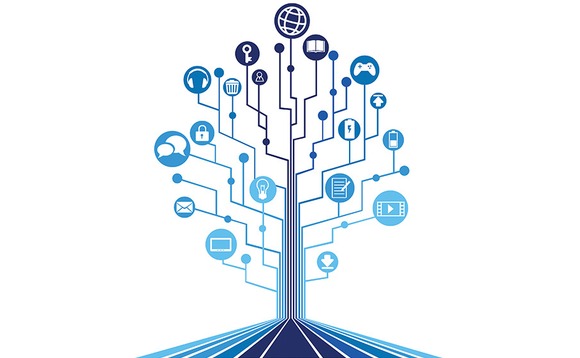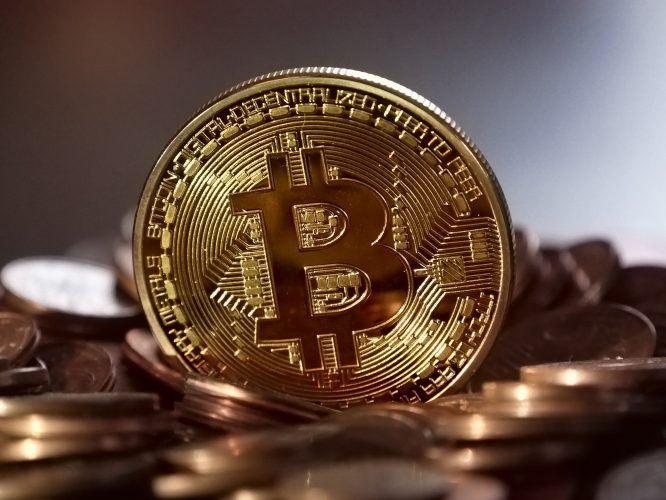The Internet of Things (IoT) is set to grow to 6.4 billion connections worldwide by 2025.
According to Servicemax, 96% of senior business leaders are planning to use IoT in the next three years, while 94% have already seen a return on their investments in IoT. 30% of businesses believe that IoT will unlock new revenue from existing products and services, and the biggest impact of the technology will be on customer service and support. Cost saving must be considered, too. In transportation, for example, IoT allows companies to reduce asset maintenance costs by 25% and downtime by 35%, saving $970 per fleet vehicle per year.
The potential value of IoT lies in:
- automation
- navigation
- operations and equipment optimisation
- prediction
- interoperability
The total impact of IoT, if applied in all the 9 sectors illustrated below, can reach $11 trillion per year by 2025:

Companies can derive double more value from IoT in B2B and B2G applications than in B2C solutions as the former will help transform business processes and enable new business models. Yet, the B2C sector can focus on the application of IoT in smart homes and autonomous vehicles after the issues of cybersecurity, bandwidth, latency and reliability limiting IoT performance are resolved. Yet, it would be wrong to separate IoT practical application for any one sphere because everything is interconnected:
“IoT is changing and transforming everything from business to life. Imaginations are boundless and opportunities are infinite. Everything is being wired up or connected wirelessly – architecture, energy efficient sensing, secure networks, quality of service, new protocols, participatory sensing, data mining, GIS based visualization, cloud computing, and international activities. It simply means that powerful information will be at our fingertips.”
– Mehul Nayak
Not all companies, however, rely on IoT. According to Analysys Mason, approximately a third of SMEs and a fifth of large companies have not heard of it, while a quarter of companies say they are not interested in the technology at all. The surprising reluctance to adapt to the change comes despite the forecast that 40% of all data generated by 2020 will come from connected sensors integrated in fixed, mobile and low-power wide area networks.
Awareness and adoption of IoT are much higher in larger companies that have more resources and run nore projects than SMEs. Some industry leaders saw the benefits of the technology a long time ago:
The Internet of Things (IoT) is transforming the everyday physical objects that surround us into an ecosystem of information that will enrich our lives. From refrigerators to parking spaces to houses, the IoT is bringing more and more things into the digital fold every day, which will likely make the IoT a multi-trillion dollar industry in the near future.
– PricewaterhouseCoopers, Sensing the Future of the Internet of Things, 2014
As to the regional adoption of IoT, the USA leads the technological revolution, followed by Western Europe. China is still lagging behind, but the gap will be closed quickly, given the rising interest and substantial governmental support for innovation in the East.
If you have found a spelling error, please, notify us by selecting that text and pressing Ctrl+Enter.











Thanks!
Our editors are notified.